The majestic ocelot, the vibrantly colored aplomado falcon, the otherworldly Barton Springs salamander: Texas’s diverse ecosystems are teeming with specialized and spectacular animals, many of which are threatened as climate change, pollution, and real estate development reshape their habitats. But while some endangered species—flashy birds, cute mammals—get all the headlines and attention, plenty of other organisms in our state have found themselves in a tight spot. Such animals as the warty Houston toad and the Leon Springs pupfish seldom win hearts. And how many endangered Texas plants can you name? If you’re like we were before reporting this story, probably none.
Unfortunately, conservation can sometimes be a popularity contest, with charismatic critters often getting far more aid. “Everyone thinks about climate change and polar bears, when there are lots of other animals in our own backyards that [also] need the attention,” says Jonah Evans, the nongame and rare species program leader at the Texas Parks and Wildlife Department. “We’re kind of in a triage situation, trying to focus … resources where we can and making these difficult decisions.”
Conservation work is chronically underfunded, and there’s often not enough money to even determine exactly how threatened a species might be, much less help it recover. The passage of the federal Recovering America’s Wildlife Act, which would send some $50 million a year to Texas to protect vulnerable species, could help; versions of the bill are pending in the U.S. House and Senate. Whether or not that funding arrives, endangered humble animals need all the attention they can get, and we’re happy to oblige.

Bunched Cory Cactus
Status: Threatened at the federal and state levels
Range: Brewster and Terrell counties in West Texas
Found only in the most arid limestone flats of the Chihuahuan Desert, the bunched cory cactus looks like a rotund, three-inch-tall pincushion—until summer, when it very briefly puts on a show with bright pink blooms, attracting bees and other desert pollinators. (Occasional rainy seasons make the blooms last longer.) A halo of long, sharp spines protects the plant from desert herbivores, and lends it a nickname: the whiskerbush.
Spotted in at least seven Texas locations—several of them in Big Bend National Park—and elsewhere in Mexico’s Chihuahuan Desert, the species’ tendency to grow in remote and inhospitable areas has given it some protection from humans. Nonetheless, enthusiasm for these squat little charmers contributes to their plight: they are often poached by cactus enthusiasts and black-market dealers. Grazing livestock trample them too. Conservation efforts for this species are sparsely funded—the federal government spends roughly $140,000 a year on it—but investing just a few thousand more could make a big difference, Arizona State University scientist Leah Gerber told National Geographic.
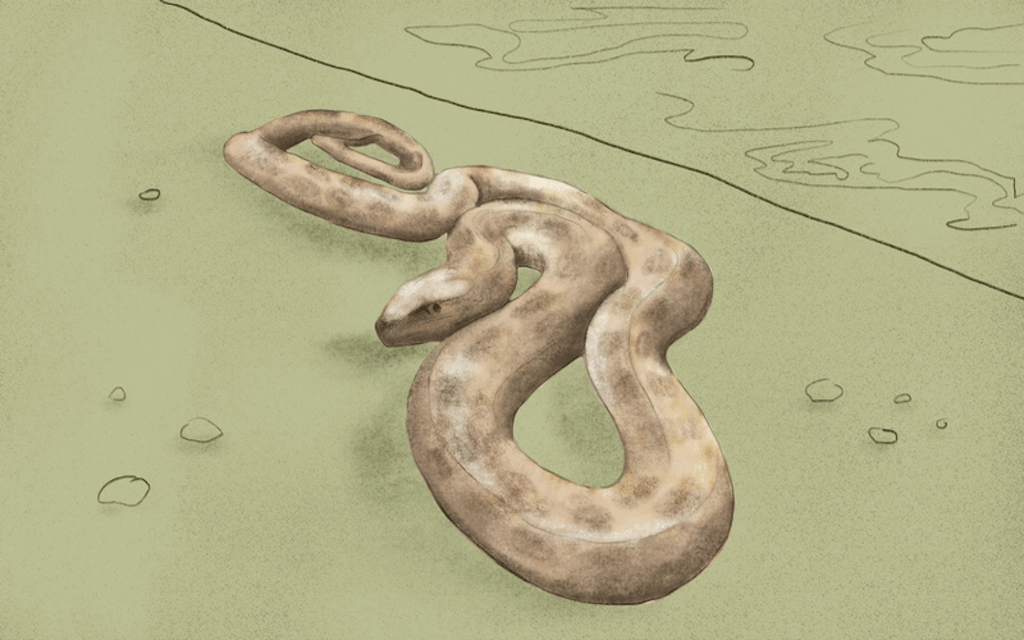
Concho Water Snake
Status: Success story
Range: The Colorado and Concho river basins; from Irion and Coke counties in the west to Lampasas County in Central Texas
Don’t mistake it for a cottonmouth. Three feet long, tan, nonvenomous, and shy, the Concho water snake lives only in Texas, and has one of the smallest home ranges of any North American snake. Unlike many reptiles, which lay eggs, Concho water snakes give birth to litters of live young in late summer. The babies hide among the shallow riffles of fast-flowing streams, while adults wander more widely, turning up on drowned tree stumps and rocky shorelines, and in shallow backwaters. They are avid anglers, hiding near areas thick with fish and snapping up any that come near. This snake is a food source for hawks, owls, herons, and raccoons, as well as bigger snakes.
The primary threat to the Concho water snake is habitat loss. Channelization (an engineering method that widens or deepens rivers), the flooding of stream habitat through the construction of reservoirs, and the silting over of the riffles needed by young snakes have all contributed to declining populations in the past several decades. There’s hope, though—six artificial riffles installed along a section of the Colorado River in 1982 by the Colorado River Municipal Water District were found to harbor consistent populations by 1992, and the snake was delisted in 2011.

Guadalupe Fatmucket
Status: Under consideration for federal listing as endangered
Range: Upper Guadalupe River drainage
We included this one in part because of its wonderfully silly name, which we intend to employ as an epithet the next time someone cuts us off in traffic. The subtly striped Guadalupe fatmucket is found only in north central Texas. Like other mussels, fatmuckets begin their lives as fish parasites before developing into their final shelled forms, which rest on sandy or muddy river bottoms. They are a vital part of the Guadalupe River ecosystem, sieving bits of organic matter out of the current. In the process, they also filter out sediments and contaminants, leading to clearer, cleaner water. In a press release announcing the species’ discovery, Roel Lopez, director of Texas A&M’s Natural Resources Institute, said it and its relatives are “our canary in the coal mine, letting us know when ecosystems aren’t healthy.” The Guadalupe fatmucket is vulnerable to environmental shifts in the river, including increased sedimentation from erosion and pollution.
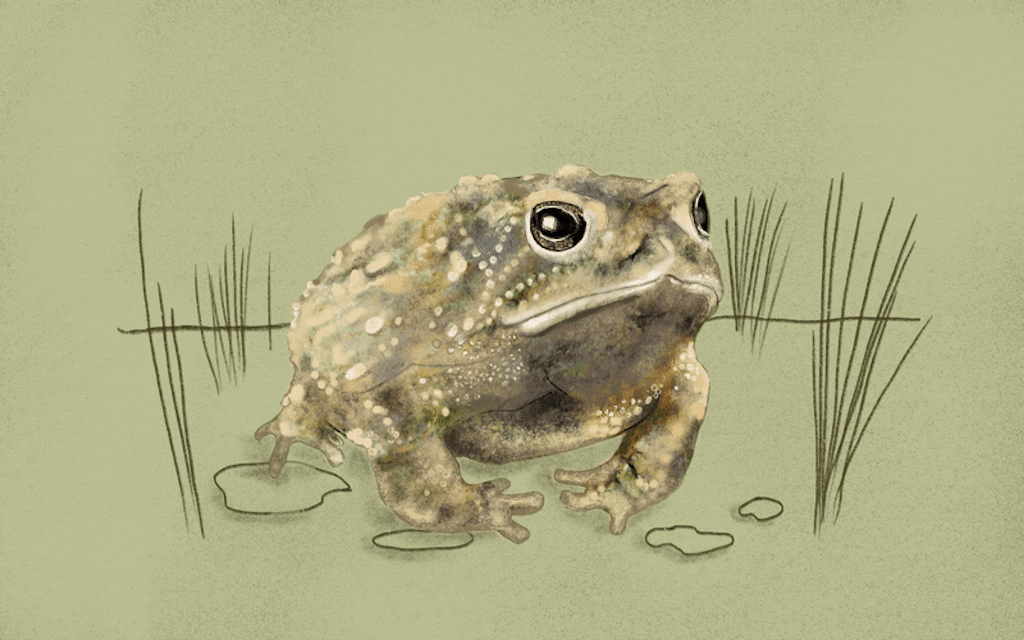
Houston Toad
Status: Endangered at the federal and state levels
Range: Parts of Austin, Bastrop, Burleson, Colorado, Lavaca, Lee, Leon, Milam, and Robertson counties
Speckled and warty, with a perpetually affronted expression, the three-inch Houston toad is found only in Texas. The species was once a common sight in the loblolly pine and post oak woodlands of East and Central Texas. Groups of toads, called knots, gather from December to June, trilling pleasantly and breeding in seasonal ponds and marshes from Houston to Austin. But the toad vanished from the Houston area in the sixties because of urban development and drought. By the mid-nineties, the state’s largest consistent knot, which gathered at Bastrop State Park, had severely dwindled as well. (The 2011 Lost Pines fire didn’t help matters.)
Today, the Houston Zoo has a breeding colony of close to six hundred Houston toads. Their eggs and newly hatched “toadlets” are being reintroduced on both public and private land within the toads’ range, and the efforts are proving successful: according to Stan Mays, the zoo’s curator of herpetology and entomology, last season’s surveys in Bastrop County produced an estimate of more than five hundred toads, along with forty wild egg strands. The zoo is continuing its efforts in hopes that the toad’s piping song will once again ring out on Hill Country evenings in spring.

Interior Least Tern
Status: Endangered at the state level
Range: The birds breed in Roberts and Hemphill counties in the Panhandle; Hall to Morris counties along the Red River; and Val Verde, Webb, and Zapata counties along the Rio Grande in South Texas. They winter along the Texas Gulf Coast.
Narrow-winged seabirds with black caps and long, sharp beaks, interior least terns are—true to their name—the smallest of the North American terns. Every spring, they migrate inland to nest on undisturbed sandbars or gravel banks along Texas rivers. After three weeks of noisy courtship dances and acrobatic pursuits, the birds lay eggs in late May, defending the colony by dive-bombing any intruders. In late August, the whole colony—including newly fledged chicks—gorges on fish in preparation for the long flight to its wintering grounds on the Gulf.
The species has suffered badly because of development along Texas rivers: the construction of channels and dams, as well as changing patterns of river flow caused by human activity, have obliterated much of the least tern’s traditional nesting habitat. Recreational beach use also scares terns away from breeding spots. Conservation monitoring and the deployment of signs and fences to keep people away from the nervous birds’ nests has helped the national population grow to around 18,000, up from a low of 2,000 in 1985. As a welcome side effect, these efforts have helped other wildlife too. “Restoring the tern’s river habitat to more closely mimic natural flows improved river health and benefited many other species that call those same places home,” Stephanie Kurose, a senior policy specialist at the Center for Biological Diversity, said in a statement.
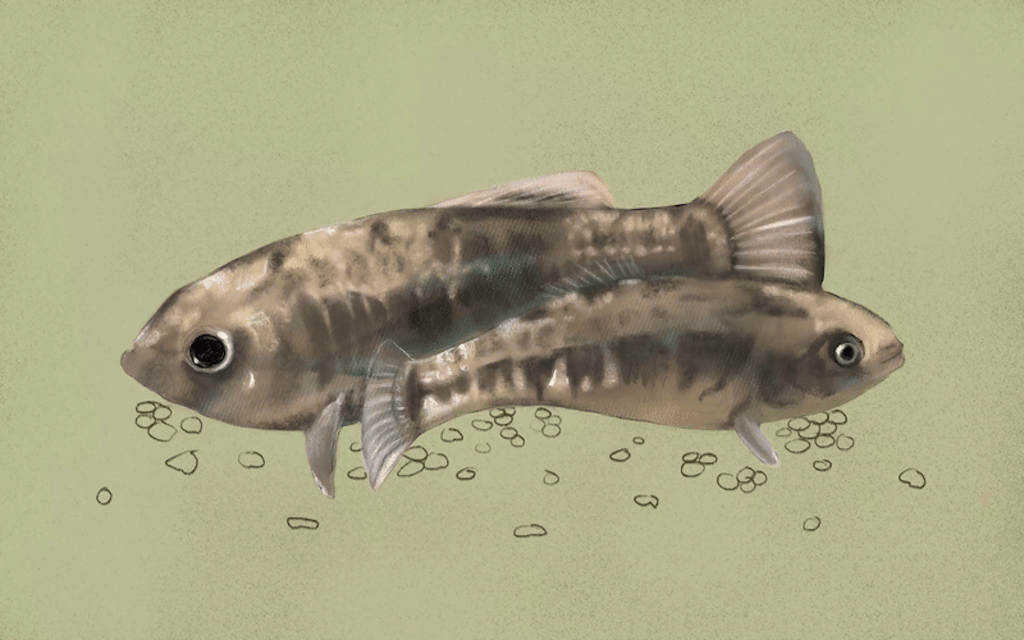
Leon Springs Pupfish
Status: Endangered at federal and state levels
Range: Pecos County
Sausage-shaped, small-finned, and a bit goofy-looking, the Leon Springs pupfish lives only in the desert pools of Pecos County. Discovered in 1851 in Leon Springs, six miles from Fort Stockton, the two-inch fish had disappeared from its original site by 1938. Scientists feared it was extinct until 1965, when naturalist Anthony Echelle discovered a small population in the Diamond Y Spring, ten miles north of Fort Stockton. Pupfish eat tiny organisms such as diatoms from the bottom of springs, stirring up their meals by wiggling in the substrate. Males aggressively guard their breeding territories, waging tiny battles over small areas on the bottom of the pool. The fish breeds steadily year-round and prefers areas without much vegetation. It’s a food source for bigger fish in the springs, including one that’s also endangered: the Pecos gambusia.
While pupfish population numbers are currently stable, the species’ limited distribution puts it in a tight spot. Shrinking flows from springs and surface waters, as well as competition from introduced species such as the sheepshead minnow, are the most serious threats to the pupfish’s future.
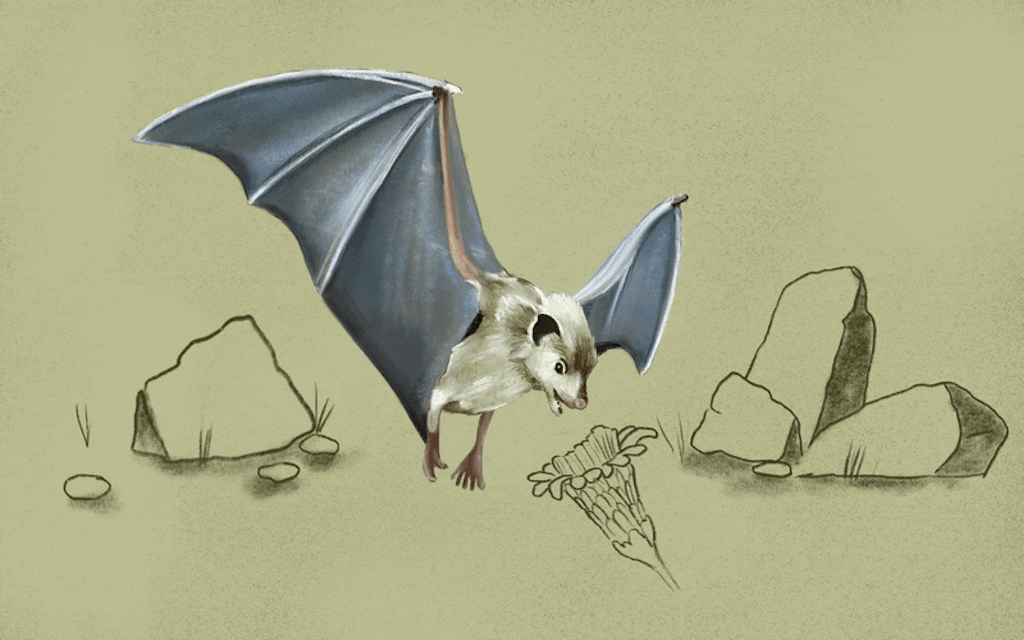
Mexican Long-Nosed Bat
Status: Endangered at the federal and state levels
Range: Presidio and Brewster counties in West Texas
These narrow-muzzled bats emerge at night, flitting out from caves and abandoned mines to lap nectar. After overwintering in lush Mexican valleys, they follow the flowering seasons of desert plants northward in spring, arriving in the Big Bend every summer to feed on the blooms of the century agave. Like hummingbirds, the three-inch bats hover in place as they lap up their meals with a tongue as long as their body.
The Mexican long-nosed bat serves as an important pollinator for the Chihuahuan Desert ecosystem, but research suggests that population numbers in Texas and northern Mexico have crashed in recent decades. It’s still not clear why, though rangeland clearing and wild agave harvesting for mezcal may be contributing factors. Humans have also destroyed some potential roosting sites out of unfounded fears of vampire bats. Details of the species’ breeding and ecology remain mysterious, but researchers with the Austin-based Bat Conservation International are working to develop management practices to help increase their numbers.
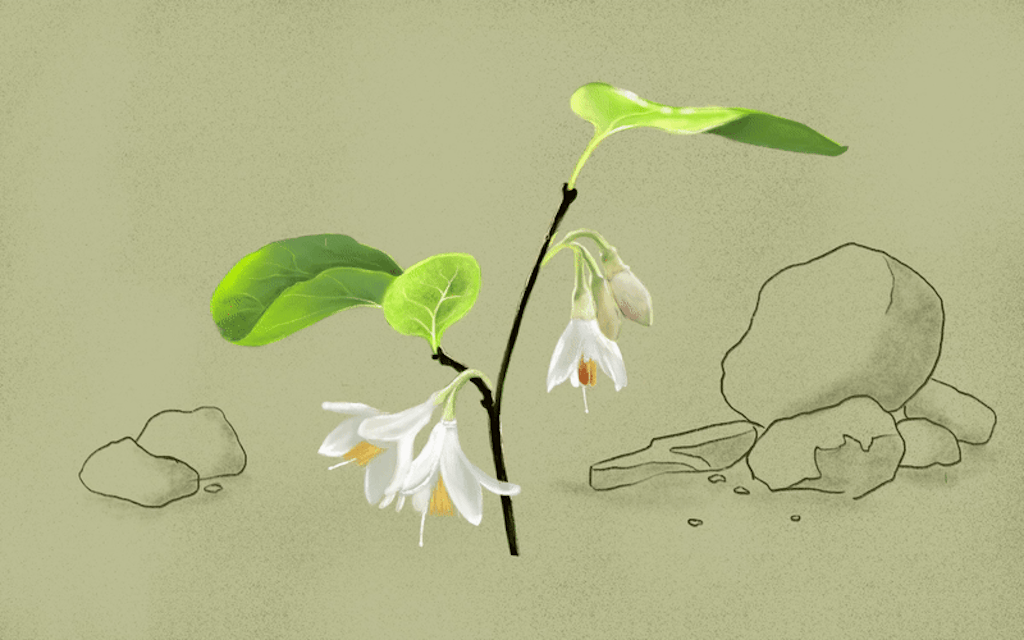
Texas Snowbell
Status: Federally endangered
Range: Val Verde, Edwards, Real, Uvalde, and Kinney counties
Found only in the Lone Star State, the Texas snowbell is a tall, leafy shrub with hanging sprays of dainty white flowers. Once found on limestone cliffs, slopes, and gravel streambeds along waterways of the Edwards Plateau, this April-blooming plant has two fatal flaws: it has always been somewhat rare, and it is very tasty to browsing herbivores. Large populations of white-tailed deer and introduced exotic herbivores such as atlas deer now devour the vast majority of snowbell seedlings; most survivors now grow only along steep cliffs and in other inaccessible locations.
The combination of low genetic diversity, fragmented habitat, and small population sizes make prospects for the snowbell somewhat bleak. However, state officials and landowners have managed to lighten the pressure by cutting down on browsing—both by shooting exotic herbivores and using cages to protect growing plants.

Tooth Cave Spider
Status: Federally endangered
Range: Six locations in Travis and Williamson counties
The limestone grottos and caves of the Texas Hill Country host some eleven species of animal that are found nowhere else on earth. But while the Texas blind salamander gets most of the press, the Tooth Cave spider is just as threatened. Identified at just a handful of locations in the vicinity of Austin, these tiny (just one sixteenth of an inch) spiders are troglobites, meaning they spend their entire lives on thin webs in the cool darkness of limestone caves. While some individuals have kept their dark colors and functional eyes, others have turned white and gone blind. (Who needs eight eyes in pitch blackness, after all?) While the Tooth Cave spider preys on other rare cave insects, the details of its life remain a mystery.
For specialized and rare animals like the Tooth Cave spider, development can mean a death sentence. The cave ecosystems such underground invertebrates depend on are threatened by urban encroachment, which can lead to caves collapsing or being filled in, as well as by groundwater pollution and the loss of humidity. Unwary human explorers—or active vandals—can also damage these fragile ecosystems.
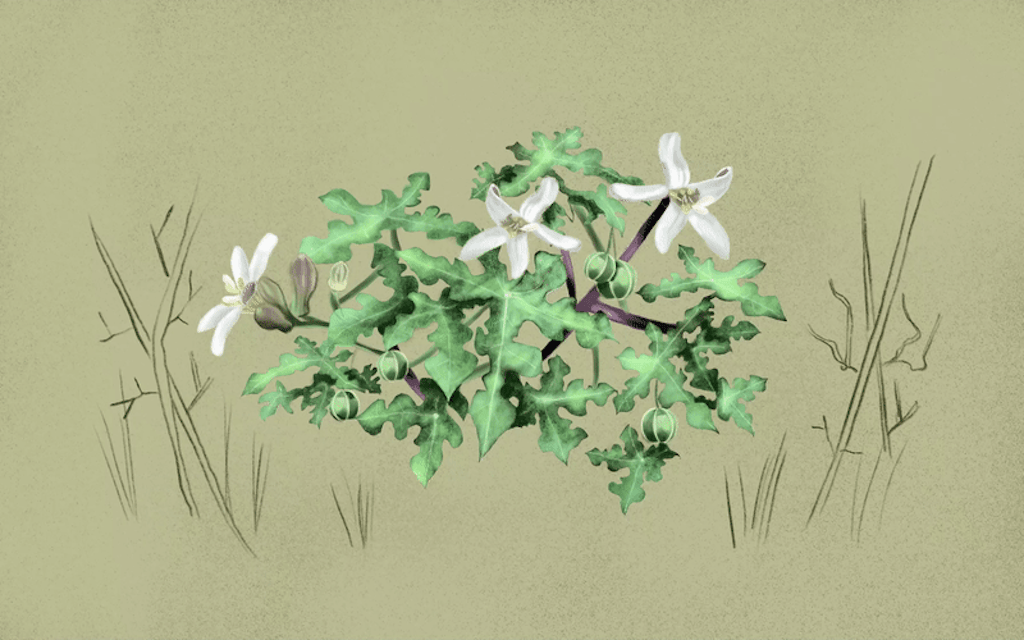
Walker’s Manioc
Status: Endangered at federal and state levels
Range: Hidalgo, Starr, and Duval counties
This vinelike perennial plant has elaborate cross-shaped leaves; white, five-lobed flowers; and fleshy, water-storing roots. It’s a close relative of cassava, the starch from which tapioca is made. Reaching six feet in height, Walker’s manioc grows best in thorny shrublands or sandy soils, leaning on nearby plants for support. It’s notable in part for its smell: a faint almond scent that deters herbivores, warning of the poisonous hydrogen cyanide inside the plant. Unlike other plants, which depend on wind or animals to disperse their seeds, Walker’s manioc fruits split open by themselves, violently ejecting their seeds as far as fifteen feet from the mother plant.
Like other endangered plants in South Texas, Walker’s manioc is under particular pressure from brush clearing. Walker’s manioc is cultivated at the San Antonio Botanical Garden and the University of Texas at Austin, and it’s the subject of a federal recovery plan. Researchers believe that the manioc’s genes may be disease-resistant. Studying it could offer clues on how to make cassava—a food source for millions of people around the globe—hardier and more nutrient-rich.
- More About:
- Critters





